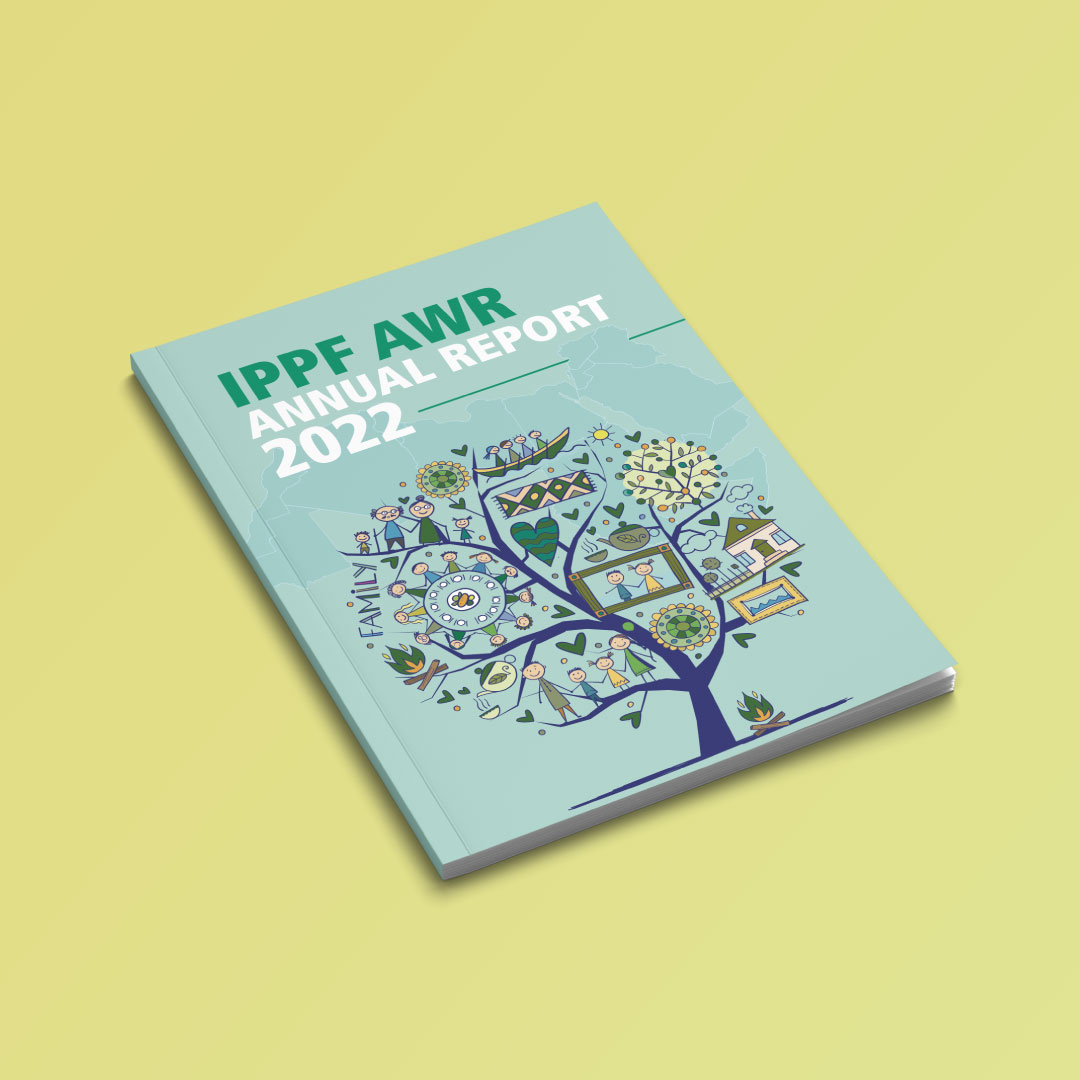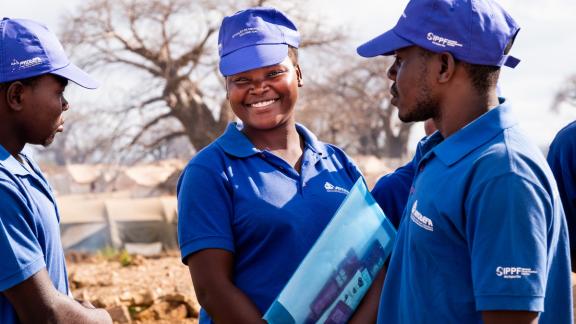Filter our resources by:


| 13 June 2023
TOC - IPPF
For a world where girls and women thrive, free from harmful practices that threaten their health and well-being, the ippf awro entrusts you with the theory of change in the field of female genital mutilation. Read more by downloading the FGM T.O.C - IPPF-awro Below.

| 13 June 2023
FGM success stories - IPPF - MAs
The IPPF Arab World Regional Office (IPPF AWRO) collaborates with member associations to combat female genital mutilation (FGM) and shares success stories in this booklet, which highlights the achievements and effective strategies employed in the fight against this harmful practice. Read more by downloading the FGM success stories Below.

| 13 June 2023
AWR Annual Report 2022
The Annual Report for the Arab World Region in 2022 reflects the work and efforts of ippf awro and its member associations over one year to support and defend sexual and reproductive health and rights, as well as gender equality. Read more by downloading the 2022 IPPF awro Annual Report Below.

| 28 June 2022
AWR Annual Performance Report 2021
The Arab World Region Annual Performance Report for 2021 is translating a year’s work and efforts of IPPF AWR and its Member Associations to deliver more than 39,608,597 SRH Services, and to achieve 15 Advocacy wins.

| 08 June 2022
2021 IPPF Annual Performance Report
IPPF has always done the utmost to advance sexual and reproductive health and rights for all. In 2021, IPPF Member Associations (MAs) continued to demonstrate their resilience and adaptability to carry on serving people in spite of the severe disruption caused by the COVID-19 pandemic. A total of 231.4 million services were delivered, a six per cent increase on 2020. Despite comprising fewer MAs, IPPF recovered more than half the decrease caused the previous year by clinic closures and other restrictions. Couple years of protection (CYP) increased by eight percent to reach 29 million – higher than in any year prior to the pandemic.

| 04 August 2020
Financial Statements 2019
The overall group income of IPPF has risen by US$51.8 million (46 per cent) to US$163.7 million (2018: US$111.9 million). Unrestricted total income and restricted income rose by US$1.9 million and US$49.86 million respectively. IPPF’s main source of funding is government grants, which account for 88 per cent (2018: 81 per cent) of total income. In 2019 unrestricted government funding increased by US$2.2 million (4 per cent) to US$57.4 million. The main reason for the increase in funding in 2019 was the increase in funding from Germany which rose from €6 million to €12 million. Restricted government funding amounted to US$87 million, up from US$35.2 million in 2018. A full analysis of restricted projects balances. The following Governments were the major contributors to the restricted funding of IPPF: Government of United Kingdom,through the WISH programme in Africa, South Asia and the Arab World US$59.23 million, the European Commission supported the State of African Women Campaign US$4.6 million, Government of Canada US$4.3 million, Government of Australia continued to provide support (US$2.4 million) in relation to the global SPRINTInitiative to provide sexual and reproductive health services to crisisand post crisis areas in South East Asia, the Pacific, South Asia andGovernment of Belgium contributed to the SHE Decides project US$2.07 million. The governments of the Netherlands, Norway, UK and an anonymous donor also provided funding of US$5.64 million to the Safe Abortion Action Fund. Grants from multilateral donors and other sources decreased by 13 per cent from US$20.7 million to US$18.1 million. A significant factor in the decrease was US$0.6 million from GIZ, US$0.26 million from Anonymous donors, and US$0.7 million decrease from the David and Lucile Packard Foundation.









